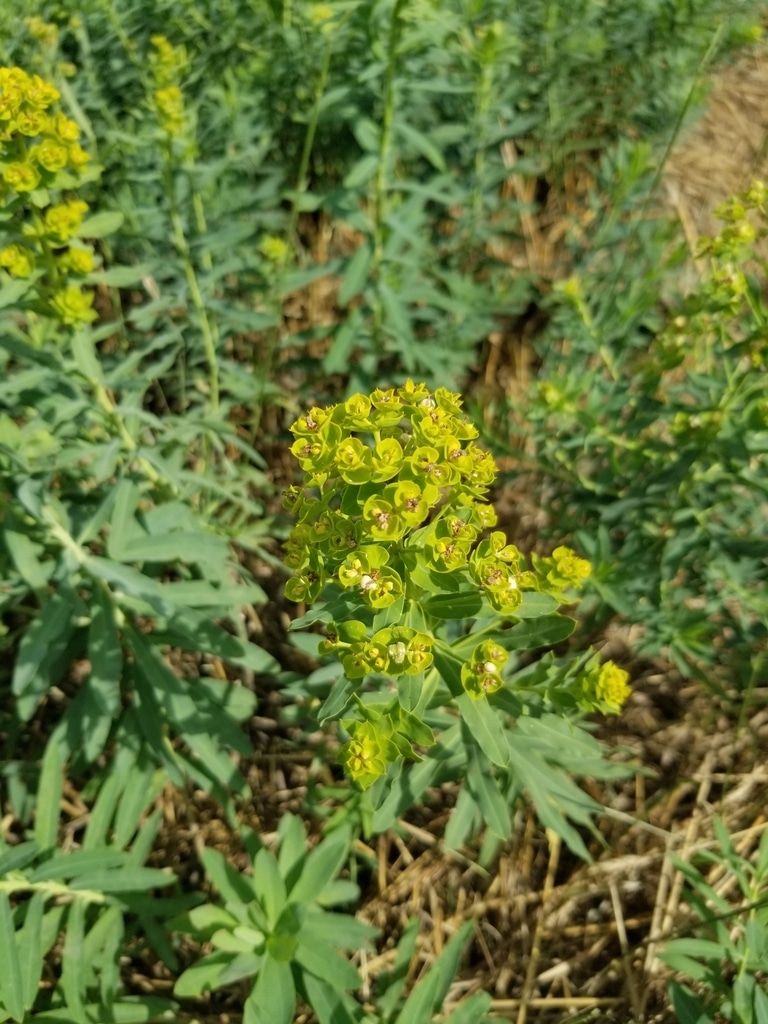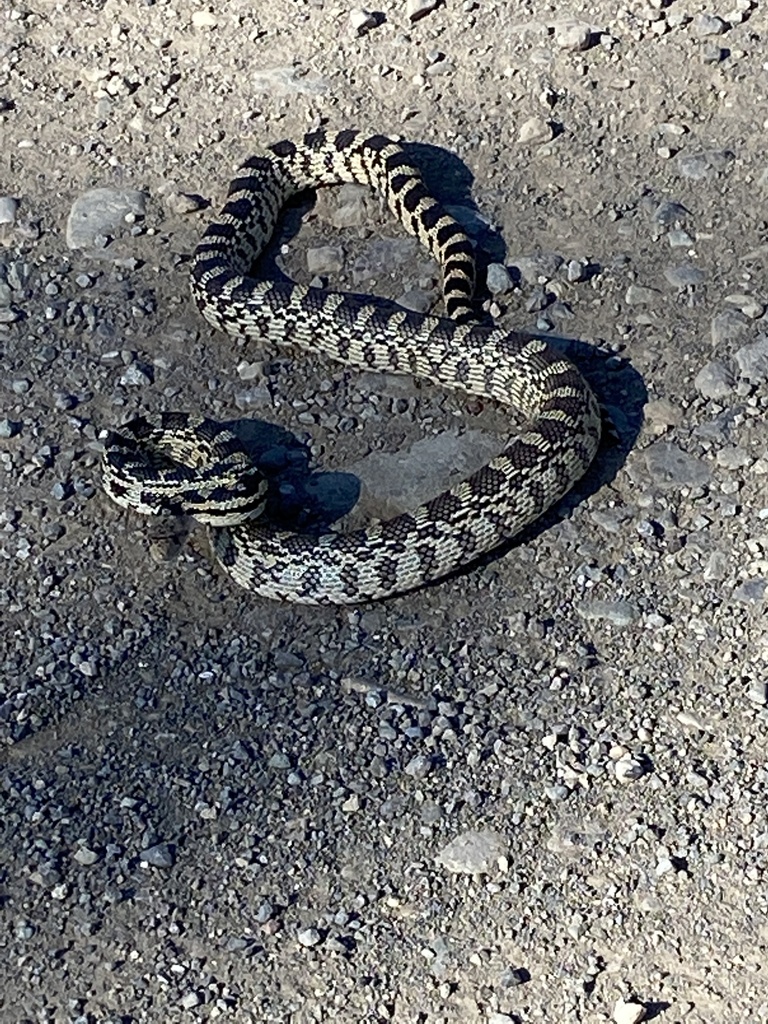By Erin Springinotic | September 21, 2022
In August, the I Spy and Identify Invasives project made 30,699 observations of 4,575 species! 429 people observed and reported native and invasive species across Canada and our network grew by 70 new individuals (and counting) – thank you for joining everyone!
August’s reports included 4,456 observations of 655 different introduced and invasive species. The month’s totals included these concerning sightings:
- 71 observations of Canada thistle (Cirsium arvense) in British Columbia, Alberta, Saskatchewan, Manitoba, Ontario, New Brunswick, and Nova Scotia. Despite its name, this thistle is native to Europe and Northern Asia. This noxious weed is widespread across Canada and crowds out forage grasses and native plant communities.
- 18 observations of Leafy spurge (Euphorbia esula) in British Columbia, Alberta and Ontario. This aggressive weed quickly displaces native vegetation where it is introduced and decreases the value of rangeland. Be careful of pulling Leafy spurge: its leaves and stems produce a milky sap that can burn the skin of people and animals.

- 14 observations of Wild parsnip (Pastinaca sativa) in Ontario, New Brunswick, and Nova Scotia. This invasive plant was introduced to North America during the 17th and 18th centuries as a root vegetable but has since escaped cultivation and can be found in all provinces and territories except for Nunavut.
The following species at risk were also reported throughout August:
- 1 observation of a Burrowing owl (Athene cunicularia) in Saskatchewan by @mothmaniac. Burrowing owls prefer open grasslands where they inhabit burrows excavated by prairie dwelling mammals. Owls will reuse these burrows year after year, so burrows should be protected to preserve Burrowing owl populations in Canada.
- 7 observations of Caribou (Rangifer tarandus) in Northwest Territories by @mhairimcf. Caribou are threatened by habitat loss from resource exploration, climate change impacts on habitat, and increased intensity of forest fires that impact their winter range. In the winter, caribou use their hooves like a shovel to forage in the snow – the word “caribou” is likely adapted from a Micmac word that means “the one who paws.”
- 1 observation of a Gopher snake (Pituophis catenifer) in British Columbia by @jacquierasmussen. Gopher snakes are BC’s largest native snake measuring up to 2.4 meters in length. The greatest threat to Gopher snake populations is mortality from roadkill, construction, mining, agricultural machinery, and the loss of key grassland habitats. These snakes may produce a rattlesnake-like tail vibration when threatened, but unlike rattlesnakes, are non-venomous. Make sure to give them plenty of room if you encounter them!

Thank you for your iNaturalist observations and reports. Moving into September, we encourage you to observe and report invasive plant species such as Common tansy (Tanacetum vulgare), Wild chervil (Anthriscus sylvestris), Oxeye daisy (Leucanthemum vulgare), and Burdock (Arctium minus). These invasive species spread aggressively and outcompete native plants. All four of these invasive plants are considered noxious weeds and will spread rapidly once established. They can quickly take over pastures and grasslands, so remember to Play Clean Go to avoid spreading these invaders!
Erin works in Outreach Support at ISCBC. She is grateful to live on the traditional territories of the Songhees, Esquimalt, and W̱SÁNEĆ peoples, also known as Victoria. In her spare time, she loves wandering around in the woods. You can reach Erin at espringinotic@bcinvasives.ca.
Share


















